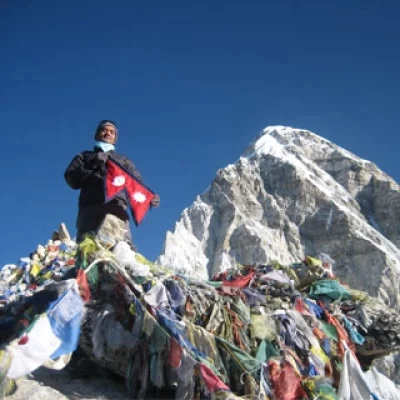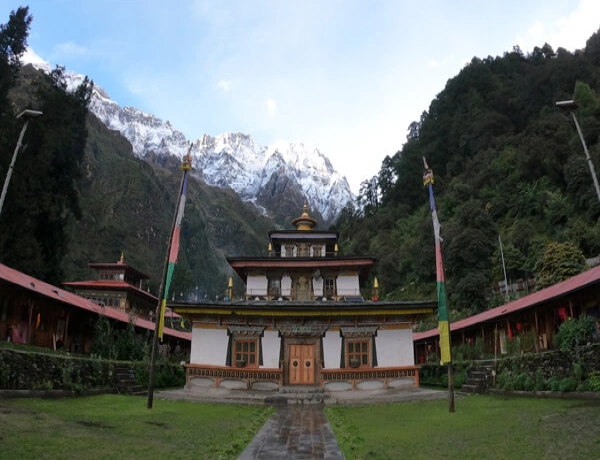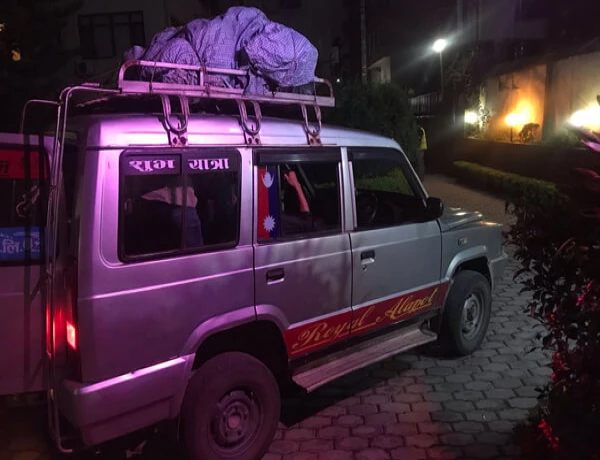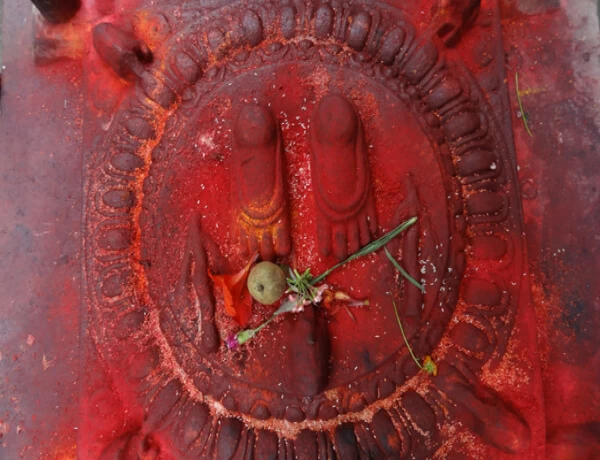Nepal has been a key attraction for backpackers and budget travelers. However, visiting the Everest region is not one of the most affordable travel options. Considering that, here are 7 money-saving tips to make your climb to Everest Base Camp more enjoyable.
One of the most affordable countries to travel in Asia is Nepal. You can spend a whole day in Nepal with the same budget you can hardly get a Starbucks coffee. But that doesn’t work on the Everest trek, you should tighten your pocket.
Thanks to Nepal's diverse geography and landscape, you will never run out of spectacular vistas. In addition, different ethical societies live in harmony with distinct cultures and traditions. Nepal is a garden with different flowers.
The country is not only about culture, people, and natural beauty. It has an amazing history which it has been through. You can taste the contrasting taste of foods. Roam around the chaotic city of Kathmandu and the paradise city of Pokhara.
The Everest Base Camp is located on the northeastern side of Nepal- Khumbu. The trek takes you to the pristine beauty of Sagarmatha National Park. The trail leads to the famous Sherpa town of Namche Bazaar and Lukla.
Likewise, the trail passes through some popular spots like Tengboche Monastery (the oldest in the Khumbu region). Also, it gives a chance to climb Kala Patthar (5,644 meters) which shares one of the iconic views of Mount Everest.
The region has other adventurous trekking trails like Three Passes Trek. The trek takes to the high three passes namely- Kongma La, Cho La, and Renjo La. These tips can be applied on this trek too.
7 Tips for a Money-Saving Strategy for the Everest Trek
Here are some tips that help to save money, while trekking in EBC.
Limit Yourself to Vegetarian Foods.
Choosing vegetarian foods over non-vegetarian foods is a smart choice to save your money on the Everest trek. It does not mean non-veg items are excessively more expensive than veg items. They may save extra pockets for later.
But importantly, health is the biggest wealth. Getting sick in the Himalayas is certain but can be avoidable. So, avoid meat products.
If you're wondering why you should keep meats away from your menu, Then, slaughtering animals in the Khumbu region is forbidden. The meats you find in the lodge are carried by aircraft or by mules, taking enough time to be stale.
Consuming such foods can lead to consequences like diarrhea and nausea. Also, emergency medication can be troublesome. Likewise, rescuing can add more bills. Eating vegetarian food not only saves you money but also helps you to become healthy and save innocent creatures in the name of food.
Similarly, various researchers said that 15,000L of water is required to produce 1 kg of meat and 7 kg of grain is needed to produce 1 kg of meat, so if we are thinking from our heart to save the earth for our offspring and future generations by global warming. Why not try to eat vegetarian food while trekking in the Mt. Everest Base Camp for 14 days? We won't be vegan for a lifetime for this; only we avoid the meat some days, which is not fresh. Most of the heroes on this planet were used to eating vegetarian food and following a vegan lifestyle. This earth is not only for so-called humans; this is home to all living beings too. So, avoiding the meat during the Everest Trek not only saves money, but you will earn good merit too.

Carry reusable bottles and water purifiers.
Plastic bottles (one-time use) are banned in Sagarmatha National Park, Khumbu region. However, mineral water is available throughout the route. The price of a bottle of water varies according to the elevation of the settlements. The higher you go, the more expensive.
Although you can find mineral water, you still take water purifiers on the trek. There are multiple purifying tools like tablets, Steripen, and filters. Taking such handy items can save a lot more than you expected.
On the trail, you will intersect with many water resources. You can fill up water and purify it. You will have drinkable water in a matter of minutes.
Plus, it is better to make a little space on your backpack for a water purifier than spend $3 per bottle on average. Daily, you will drink 4-5 liters of water which is essential too. You are not only saving your pockets while using water purification tools, but you also help to reduce global warming indirectly by not buying plastic bottles.
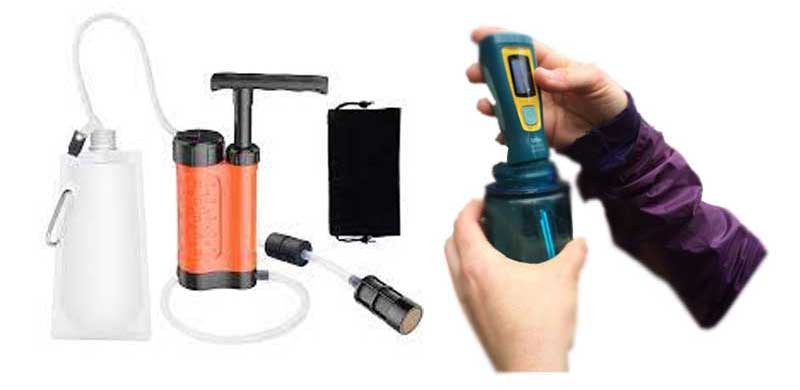
Fill Up Your Backpack With Miscellaneous Items
Sometimes when you are planning for big things, you will forget small things. , you should not forget about the miscellaneous items. It does not seem important but it is. However, make sure to pack lightweight.
Some miscellaneous items for the Everest Base camp trek include a nail cutter, wet wipes, tissue paper, a solar charger, sanitizers, and many more. Also, you might not forget to play cards and games to keep you busy in your leisure time.
Talking about the solar charger and power bank. Charging your devices and gadgets can cost some bucks. Therefore, a few more grams can save a lot of bills.
The weight limitation for the flight to Lukla is 10 kg for the baggage and 5 kg for the hand carry. So, you should pack your backpack wisely. Carry miscellaneous items but what is necessary.
If you are confused about the packing list for the Everest Base Camp Trek then, make sure to check it.
Pack Chocolate Bars and Protein Snacks for Energy Refills.
Walking 4-5 hours daily on the continuous ascending and descending trail in the mountains, you might need to refill your energy. Thus, chocolate bars and protein snacks are worth carrying in your backpack.
Relying on breakfast and lunch for the whole day hike is not enough, such as at high elevations. At some point, you might need to recharge your energy to keep on going pleasantly toward the destination. Eating extra meals in the lodges is an expensive choice. Even normal items can cost more than $5.
For the chocolate energy bars, ‘Sneaker’ is the best product you can buy in Nepal along with some chocolates. Similarly, for the protein snacks, you can pack some dry nuts as well as some meat jerkies too. Any time of the day, you will feel hungry, and at that time you can treat yourself too.
Those kinds of snacks are available on the route to Everest Base Camp too. But the price is more than double the normal price. So it is better to buy from Kathmandu to save some dollars.

Use local currency NPR and exchange dollars before starting Trek.
This whole blog is about saving money while trekking to the base camp of the world's highest mountain. Using local currency, the rupee is one of them. It doesn't seem reliable, but using dollars while trekking is the first mistake you should avoid.
Even though there are many exchanges on the trail, it will be ideal to exchange dollars in Kathmandu. In Kathmandu, they will give a higher value to your currency. But on the route, it is expensive and not reasonable at all.
At the same time, the locals prefer Nepali rupees. They do accept dollars if you don’t have any other choice. But as a result, you will end up paying more than you have to.
Let’s make it clear, $1 is around 120 Rupees (approx.). But if you pay as a dollar then, they are equivalent to 100 Rupees only. That means you will spend more than you have to. That is not what you want.
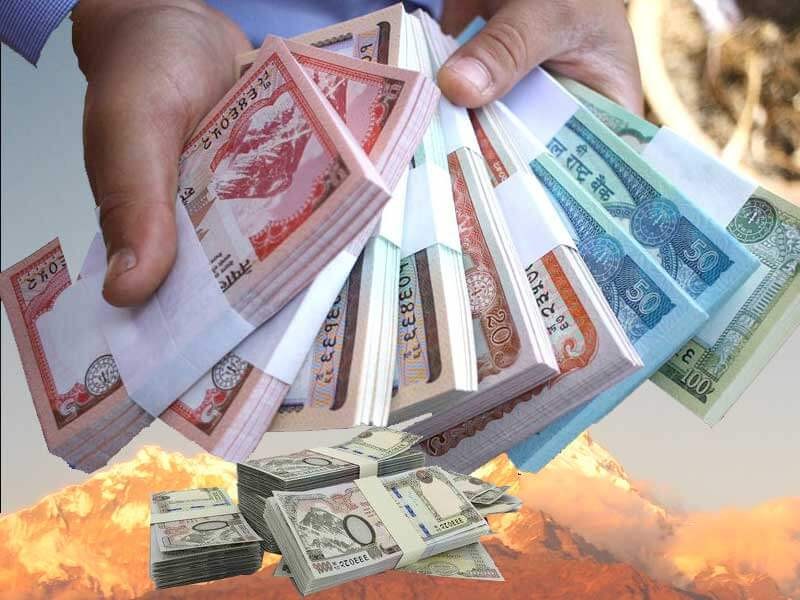
Go with Local - Explore the Hidden Treasure of Khumbu
It’s a good idea to go local Guide. There are numerous products you can buy for your trek, especially at a reasonable price. If you are buying or hiring gear, then just do it in Nepal. There are plenty of shops that provide such services.
If you need them only for the Everest base camp trek then, hiring can be a wise choice. Although, you will be used only for the trek. Due to the competition between the vendors, you can find items at rock-bottom prices but we would highly recommend using the right gear and equipment.
In terms of agencies, the trek batter to book through the help of the local company. The cost is far better if you concern yourself with the local agencies. There is no third party in between. So, the cost you get is genuine and transparent.
Everest region is not a restricted area to travel, so you don’t require a guide to travel there. But if you ever decide to take a porter or guide, hire from Lukla or Kathmandu.
Especially in Lukla, as you reach the terminal of the airport, you will find a line of guides and porters. If you hire them by yourself then, it may get a little bit cheaper and easier too.
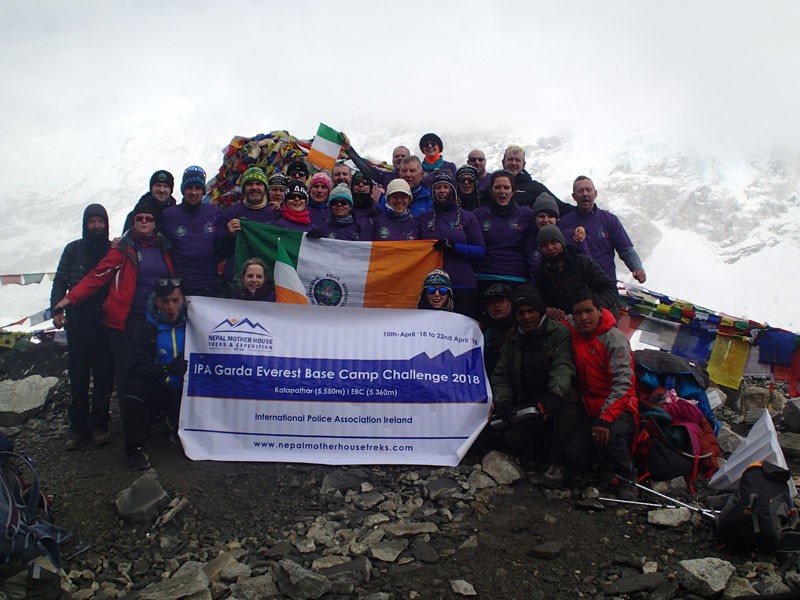
Book Everest Base Camp Trek Early.
Last but not least, the best tip to save your money on the Everest Base Camp trek is to book your trek early. It is the genuine cost-saving idea on the list. It can help to save a lot of bills.
The Everest region is the busiest trekking trail in Nepal. No wonder catching a flight for the Lukla is a complicated job. Also, if you don’t book your seat in advance, then you won't be able to trek amid the pristine beauty of Khumbu.
Moreover, during the peak season, the price of the flight is at a crowning point. The later you are, the higher the price gets. So, the booking gives you a ticket to the Everest region for a reasonable and fair price.
Sometimes some changes can spoil your ultimate experience on an Everest Base Camp trip. Try to get a first-hour flight. Due to unpredictable weather in the Everest region, the late flight might get postponed and canceled.
Don’t let your poor preparation ruin your lifetime experience; we have a complete guide to the Everest Base Camp trek before you commence your journey.
Mount Everest Base Camp Trek: Essential Tips and Information for Your Successful Trip on the Base of Top of the World “Mt. Everest 8,848.86m”
Here is a list of some tips that help to make your trip successful. Kindly go through it.
- Experience the Ultimate Everest Base Camp Helicopter Tour:A Comprehensive Guide
- Daily Bus and Jeep Service from Kathmandu to Lukla: Private and Shared Options Available
- Experience the Adventure of a Lifetime: The Ultimate Guide to Everest Base Camp Trek in 2023-2024
- 14-Day Everest Base Camp Trek Itinerary: A Step-by-Step Guide for a Memorable Journey
- Unlocking the Secrets of Everest Base Camp Trek: Top 7 Insider Tips You Need to Know
- 30 Mind-Blowing Facts About Mount Everest: Discovering the World's Tallest Mountain
- 15 Essential Tipsfor a Safe and Enjoyable Trek to Mount Everest Base Camp
- Lukla Airport: Your Gateway to the Top of the World Adventure
- Where is Mount Everest Located? Exploring the Geographic Wonder of the World
- The Best Time to Trek to Everest Base Camp: A Guide to Choosing the Perfect Season
- Everest Base Camp Elevation: What You Need to Know Before You Go
- How Much Does an Everest Base Camp Trek Cost? A Breakdown of Expenses and Savings Tips
- Getting to Everest Base Camp: A Comprehensive Guide to Transportation and Routes
- Your Ultimate Everest Base Camp Trek Packing List: Essentials and Recommendations
- Kalapatthar: Experience the Best Views of Mount Everest on Your Trek
- Understanding Flights from Kathmandu to Lukla: Why Departure from Ramechhap is Recommended
Some Honorable Mentions
Pack guidebooks, Maps, and local SIM cards.
If you are traveling without a guide or porter, then a guidebook, map, and SIM card will be vital for the trek. Multiple routes will make you confused.
Guidebooks help you complete your trek without any issues. The map helps to show you the path. And SIM cards connect with others as well as use cellular data.
Always acclimatize well before getting into Destination
Walking soaring heights over 5,000 meters can cause Acute Mountain Sickness (AMS) at any time. So, acclimatization is very important while trekking.
Adopting the temperature and elevation of the high Himalayas takes some time. Take your pace and ascend slowly. Small symptoms will force you to abandon your trek.
Travel with a group for more fun and Save Money
People from the trekking area prefer big groups to the free individual traveler. More groups make more profit. So, travel in groups. They may give some discounts as well.
Choose off-season to escape the Croude of Trekkers
From mid-September to mid-November (autumn season) and mid-March to mid-May (spring season) is the high season in Nepal for trekking. The trekking trail is usually crowded with tourists.
So, we recommend you trek in the off-season when there is no crowd. And when the tourists are fewer, you can expect a bit cheaper room charges.
Avoid the Lukla Flight, Drive by Jeep to Save a Huge Amount of Money
Nowadays there is a regular Bus/Jeep service to Lukla (Thamdanda; 4 to 5 hours walk to get to Lukla), also another option to save a huge amount of money. The cost of a Lukla flight is 180 to 200 USD for a single way; if you drive by Jeep, then you will save 130 to 150 USD. About a hundred USD will be enough for Kathmandu to Lukla and Back to Kathmandu by drive. For more details about Kathmandu to Lukla Drive by Jeep, you may go through the link.
Read our 15 important tips you need to know before trekking to Mt Everest Base Camp for the successful and ultimate experience.
Conclusion
Overall, we discussed how expensive the Everest region is. Well, it is not the best place for the bargain either. Always be polite while asking for a discount. But the place, you won’t regret every penny you spend on the trail. It is not an easy job to travel to Everest on a budget. On the other hand, it is not impossible either. You should try your best. Also, it takes lots of preparation before trekking. You should be prepared for all upcoming challenges and obstacles.
